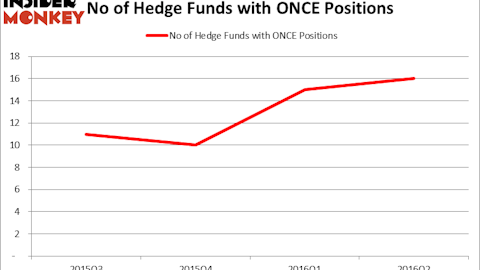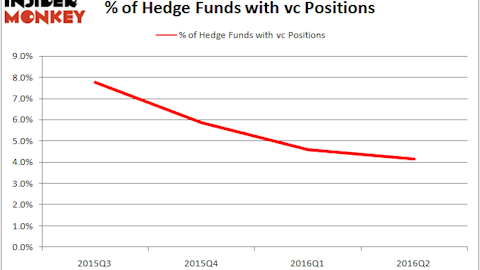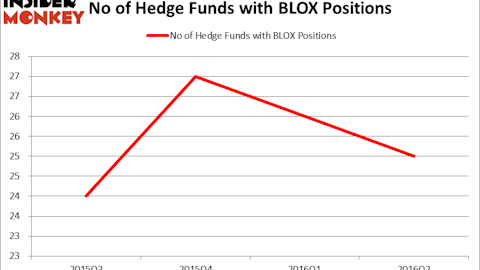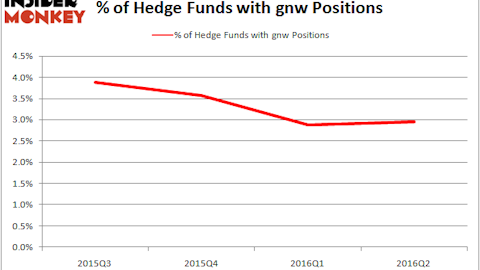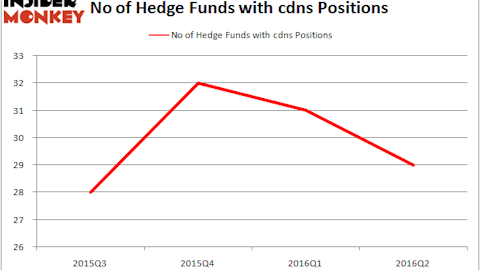Emerging markets ETFs are having a great year. The largest two in terms of assets, the Vanguard Emerging Markets Stock Index Fd (NYSEARCA:VWO) and the iShares MSCI Emerging Markets Indx (ETF) (NYSEARCA:EEM), have each gained more than 13% year-to-date, versus the SPDR S&P 500 ETF Trust (NYSEARCA:SPY)’s 2.9% rise. However, the top-performing emerging markets ETFs, like the PowerShares FTSE RAFI Emerging Markets Portfolio (NYSEARCA:PXH) have done even better, posting returns above the 30% threshold.
Interestingly, among the list of the largest emerging markets ETF gainers this year are several Russia-based ETFs. This is quite curious, as while the government assures that its economy is resurgent, indicators suggest the opposite, as sanctions over the Ukraine ordeal continue to weigh on trade. To make things worse, the state has been incurring very large expenses, from infrastructure projects to cash infusions, for struggling state-owned companies. And, with oil trading at such low prices – and Russia continuing to increase its production notwithstanding, getting money in is not that easy. In fact, GDP has tumbled by about 40% year-over-year. In spite of all of this, Russia-based ETFs are killing it.
In this article, we’ll take a look at five of these top emerging markets ETFs and discuss their performance.
At Insider Monkey, we track more than 750 hedge funds, whose 13F filings we analyze as part of our small-cap strategy. Our research has shown that imitating a portfolio that includes the 15 most popular small-cap stocks among hedge funds can outperform the market by as much as 95 basis points per month on average (see more details).

Market Vectors ETF Trust (NYSEARCA:RSXJ)
Let’s start with the Market Vectors ETF Trust (NYSEARCA:RSXJ), better known as the VanEck Vectors Russia Small-Cap ETF, which has gained an astounding 72.8% year-to-date. The ETF tries to replicate the performance of the MVISä Russia Small-Cap Index, which tracks small- and mid-cap companies that produce at least 50% of their revenue in Russia, regardless of where they are domiciled. The RSXJ is an easy and relatively cheap way to gain exposure to a market that would otherwise be difficult to cover.
“[A]s commodity prices have stabilized, the Russian market has turned around. The currency has strengthened, while Russia’s incursions into neighboring nations are not getting as much attention,” Bryan Borzykowski wrote, trying to explain the Market Vectors ETF Trust (NYSEARCA:RSXJ)’s strong performance in a CNBC article.
PowerShares FTSE RAFI Emerging Markets Portfolio (NYSEARCA:PXH)
Next up is the PowerShares FTSE RAFI Emerging Markets Portfolio (NYSEARCA:PXH), which is up by 30% since January. Although the fund is not focused on Russia, it mostly invests in Brazilian, Chinese, Taiwanese and Russian companies, which account for roughly 28.88%, 21.9%, 11.58% and 9.29% of the portfolio’s value, respectively. Investors should also notice that the ETF is somewhat tilted towards financial and energy large-cap stocks, and because of its indexing methodology, is inclined toward the value style.
Even in spite of the PowerShares FTSE RAFI Emerging Markets Portfolio (NYSEARCA:PXH)’s performance this year, charts suggest it could continue to surge, so keep an eye on it.
We’ll check out three more emerging markets ETFs on the next page.
